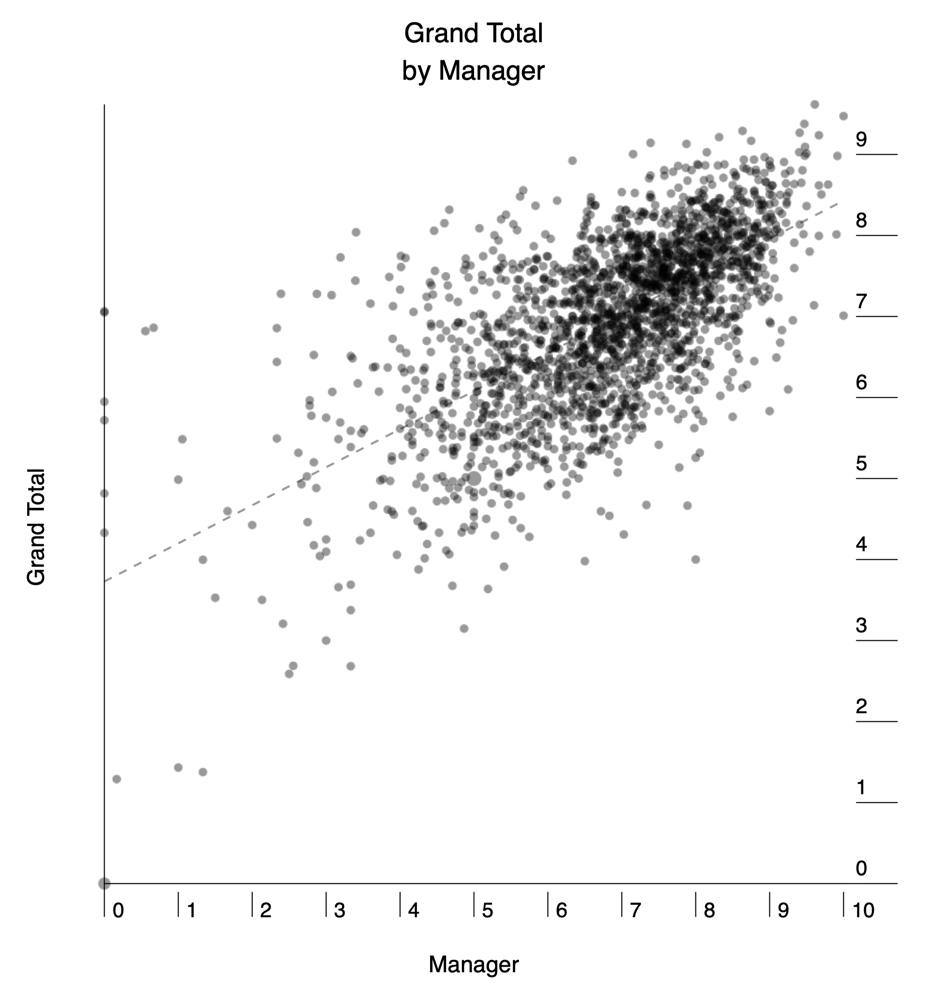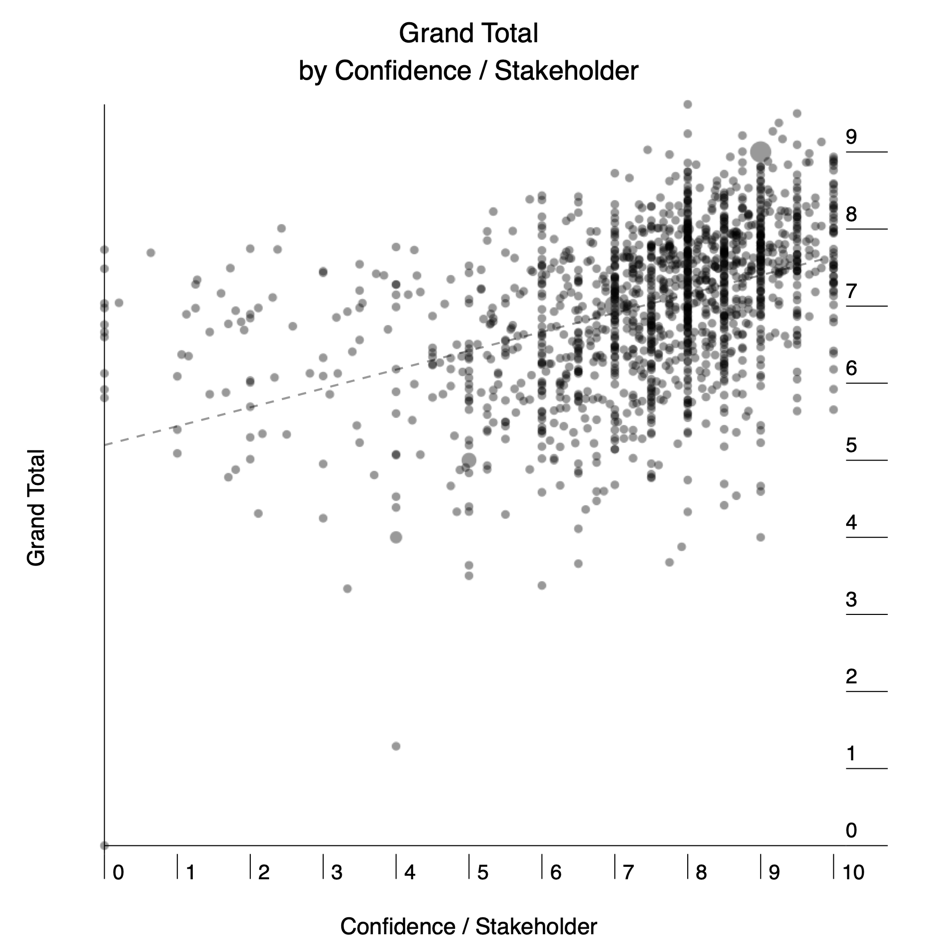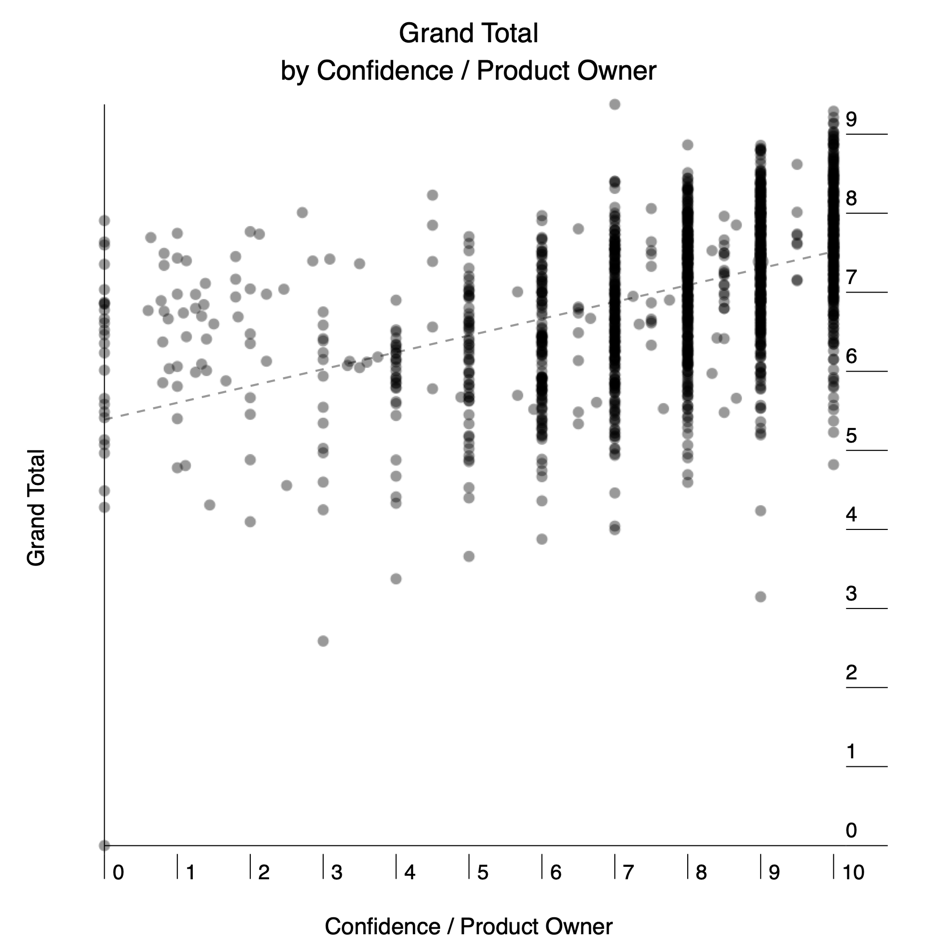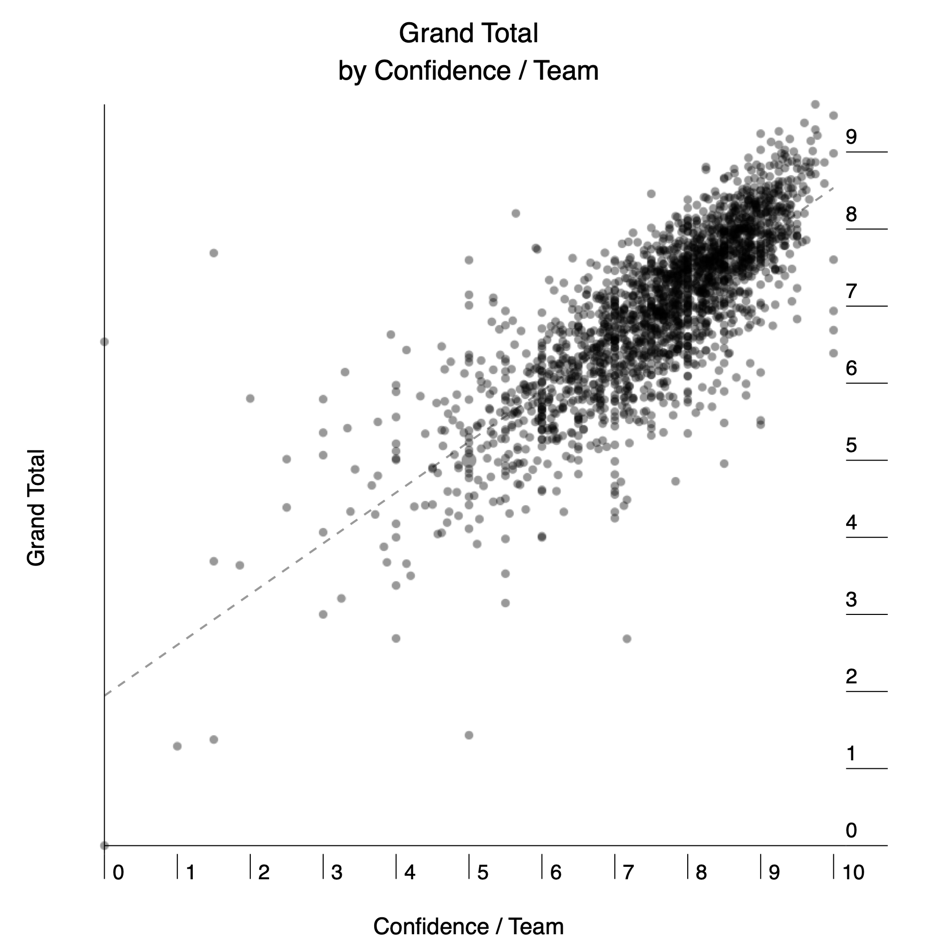How Important Are Leaders to the Health of Agile Teams? (Part 2)
Welcome back! In the first part of this post, we saw how influential Scrum Masters, Product Owners, and Tech Leads are when it comes to a team’s health. In this post, we’ll look further at the functional manager as well as whether various people’s confidence in the team is a good predictor of its health.
Functional Manager
At the end of the day, everyone on an Agile team still reports to someone (from an HR perspective) even though that person is likely not a member of the Agile team himself/herself. In a mature Agile environment, this person is not focused on assigning and managing tasks, but on mentoring their direct reports and providing training and growth opportunities.
In practice, we commonly see two approaches, i.e. development and QA managers (by discipline) or managers responsible for all members of the Agile team (holistic/cross-functional). So how influential are these functional managers when it comes to overall team health?
Maybe not all that much: There is a pretty significant spread in the data, which does not indicate a strong relationship. This does make sense:
- While managers played a more critical role in traditional organizations, Agile teams tend to be more self-contained and practice self-organization.
- What makes or breaks the team and its health is the members of the team themselves, how they collaborate, and the environment the team operates in while the role of the functional manager tends to be more peripheral.
Confidence
When researching these relationships, I got curious. Since AgilityHealth also measures people’s confidence in the team, how does that confidence relate to the actual team health? Here are the plots for the team’s overall health and confidence ratings of the Product Owner, the team’s stakeholders as well as the team itself:


(Note that “bands” appear for PO and stakeholders because the participants’ responses use integers. In many cases, there is only one PO or stakeholder per team, so the averages will also be whole numbers.)
This to me is one of the most fascinating results of my analysis so far: Neither the confidence of the stakeholders nor of the Product Owner are strongly correlated to the team’s overall health! Stakeholders tend to be removed from the team and maybe it’s not surprising that their confidence in the team is not based on a solid understanding of the team.
After all, they don’t interact with the team on a regular basis. However, the PO is an integral part of the team and yet their confidence seems mostly unrelated to the actual team health! On the other hand, it would appear that the team knows itself best. High team confidence clearly relates to team health.
Takeaways
Granted, this has not been a true statistical analysis that holds up to scientific standards. However, I would argue we can still pull some useful takeaways from looking at this extensive data set. What are those?
- When it comes to healthy teams, Scrum Master and Product Owner have a strong influence.
- Tech Leads certainly help, but the team can still be very healthy despite a weaker lead.
- While managers play a more critical role in traditional organizations, their influence is much more muted when it comes to Agile teams.
- Outside stakeholders’ assessment of a team is not a good predictor of the actual health of the team.
- Conversely, teams know themselves best and their own confidence is strongly correlated with health.
- Surprisingly, Product Owner confidence is not a good predictor of actual team health!
As you can see, there is a lot of fascinating data contained in AgilityHealth. It helped us understand how influential different types of leaders really are. I’m hoping to share more of these insights in the future. We are also always looking to incorporate these analyses as features in the platform itself. Stay tuned!
By Rene Rosendahl, AgilityHealth Product Strategist



Comments